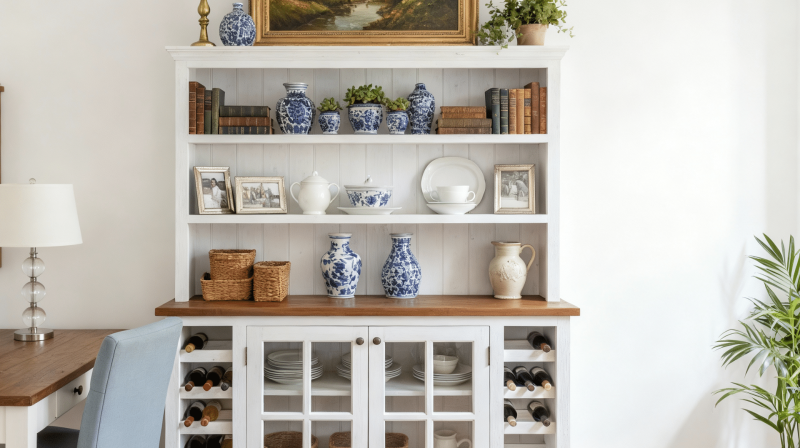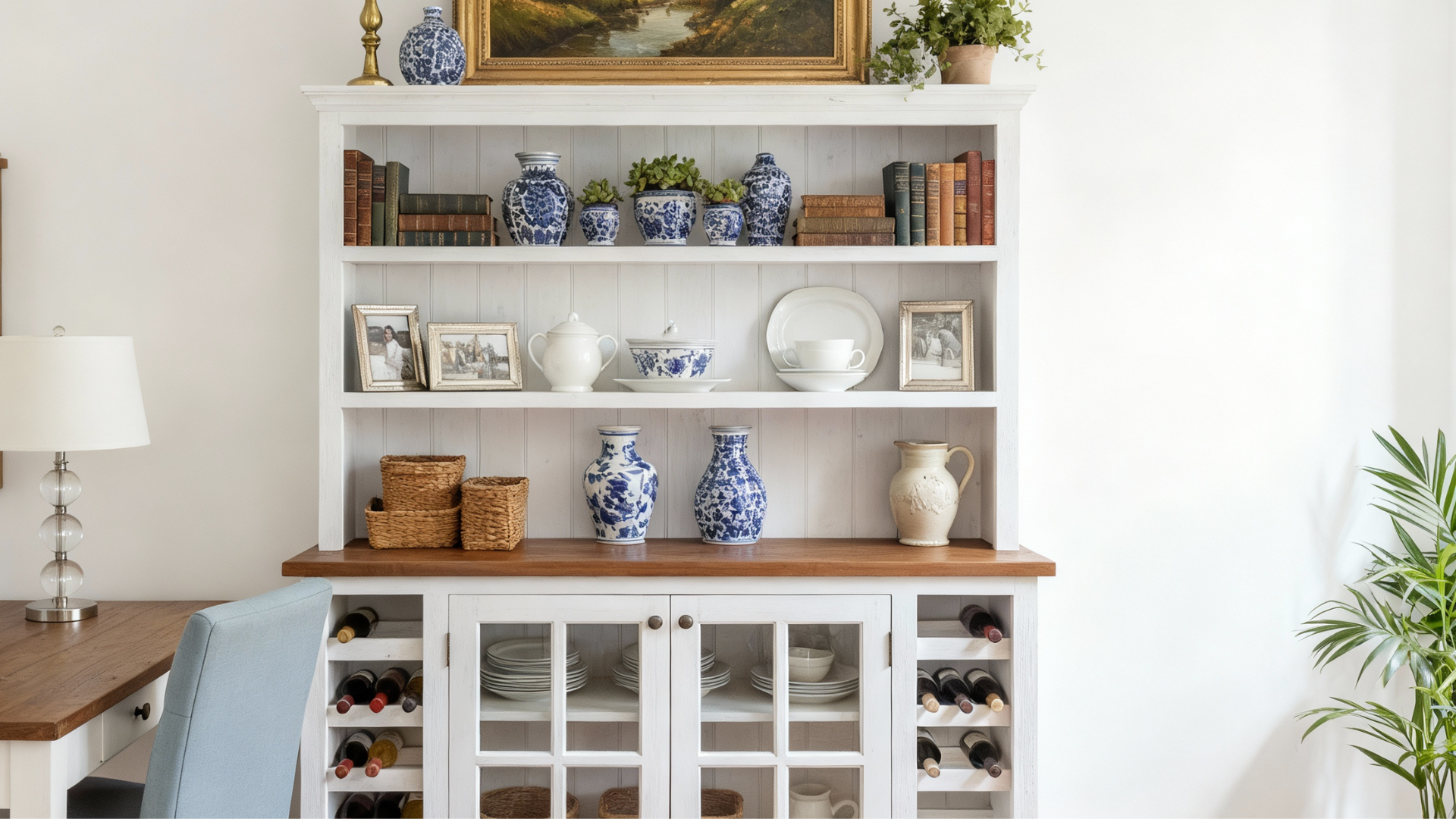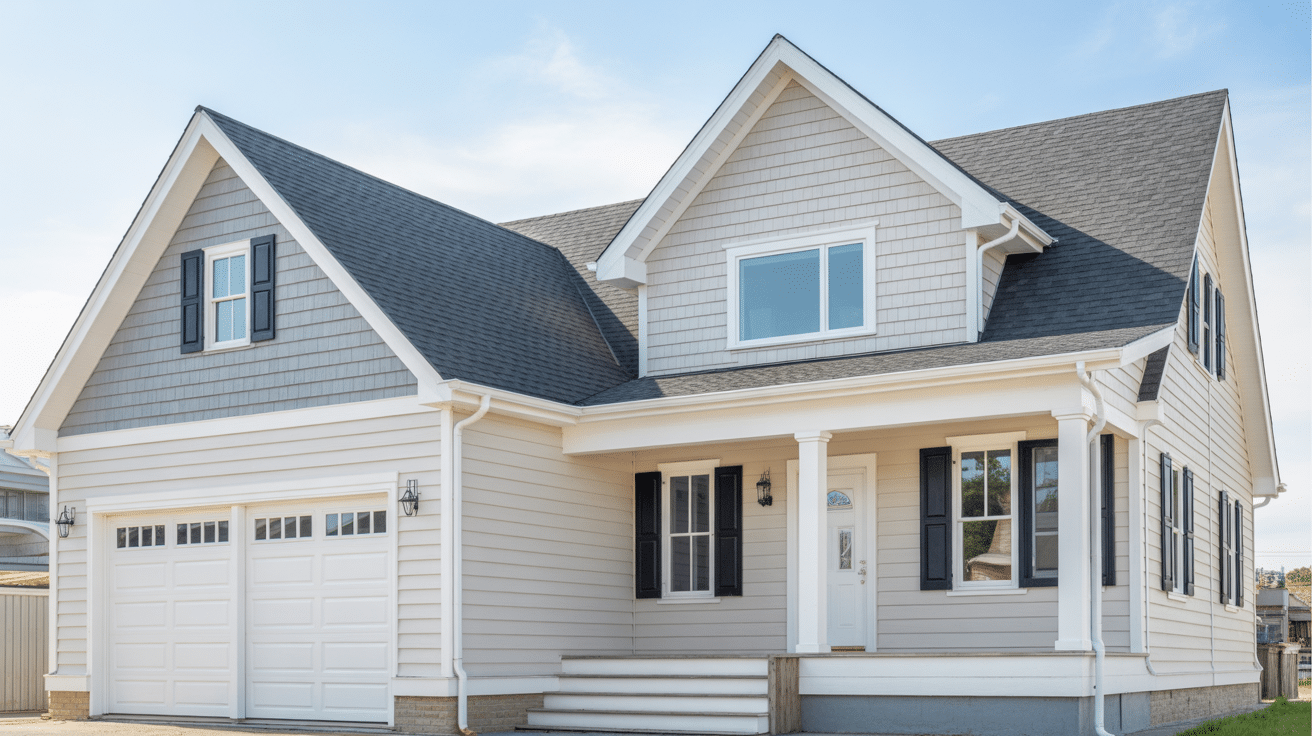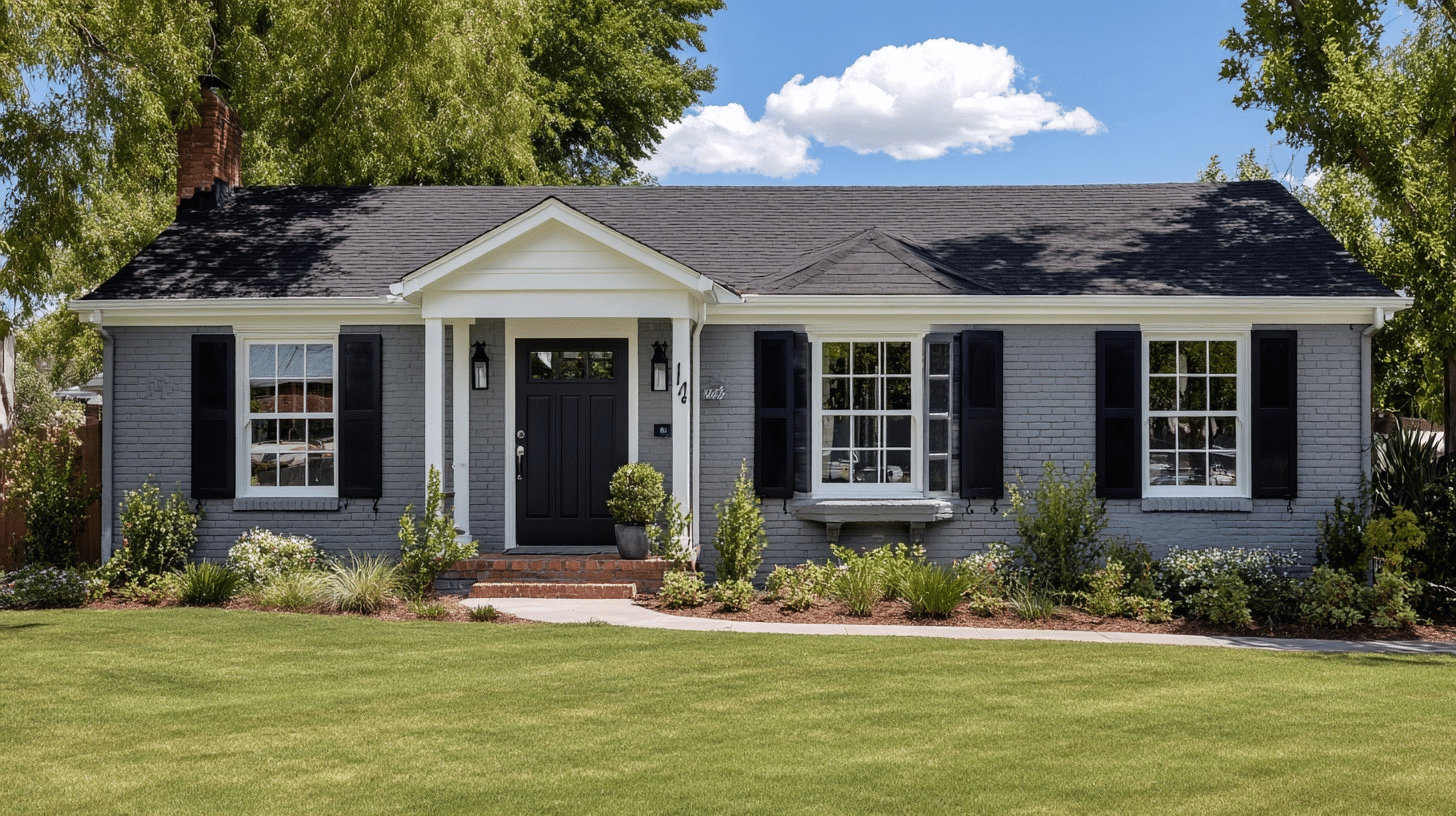Storage space runs out fast in any home. Cluttered counters and overflowing cabinets create frustration. A hutch offers the perfect answer to these problems.
This blog promises to show what a hutch is, and you’ll learn about its types, features, uses, and more.
They’ll see how a hutch can organize their belongings while displaying their personality. From farmhouse kitchens to modern dining rooms, hutches adapt to any style.
Keep reading to learn everything about hutches. Make an informed decision about adding one to the home.
What is a Hutch?
A hutch is a piece of furniture that combines storage and display functions.
It typically features a two-part design.
The lower section has closed cabinets or drawers for storing items. The upper section offers open shelving for displaying dishes, books, or decorative pieces.
Hutches originated in medieval Europe. Families used them to store and showcase their finest dishware and serving pieces.
The name comes from the French word “huche,” meaning chest or bin.
Over centuries, hutches evolved from simple storage boxes to ornate furniture pieces. Today, they remain popular in dining rooms, kitchens, and living spaces across various design styles.
The Features
Hutches stand out for their unique characteristics.
Each element helps buyers choose the right piece for their space.
1. Two-Tier Structure
The hutch consists of two distinct sections stacked vertically.
The bottom portion sits on the floor while the top section rises above it. This design maximizes vertical space and creates visual interest in any room.
2. Lower Cabinets
Closed storage at the base keeps items hidden from view. Cabinets usually have doors and interior shelving.
Some designs include drawers for organizing smaller items like utensils, linens, or paperwork in an orderly manner.
3. Upper Shelving
Open shelves in the top section display favorite items beautifully. Glass doors may protect displayed pieces while still allowing visibility.
This area showcases collections, dishware, or decorative objects.
4. Back Panel
A solid back panel provides structural support and stability. It also creates a backdrop for displayed items.
Some hutches feature decorative back panels with patterns, colors, or mirror inserts.
5. Work Surface
The countertop between the upper and lower sections offers a functional workspace. This surface handles food preparation, serving, or decorative arrangements.
It provides convenient access to the stored items below.
6. Adjustable Components
Many hutches include removable or adjustable shelves for flexibility. Owners can modify spacing to accommodate different item sizes.
This feature allows the hutch to adapt as storage needs change over time and usage.
7. Various Materials
Hutches come in wood, metal, or composite materials. Wood remains the most traditional choice. Different finishes range from natural stains to painted colors.
Material selection affects durability, style, and price point significantly.
8. Hardware Details
Knobs, handles, and hinges add functional and decorative elements.
Hardware choices range from simple modern pulls to ornate vintage designs that complement the hutch’s character.
Different Types of Hutch Furniture
Hutches come in various styles to suit different needs and spaces. Each type offers unique characteristics and benefits.
Choosing the right style depends on available space, storage requirements, and personal taste preferences.
1. Kitchen Hutch
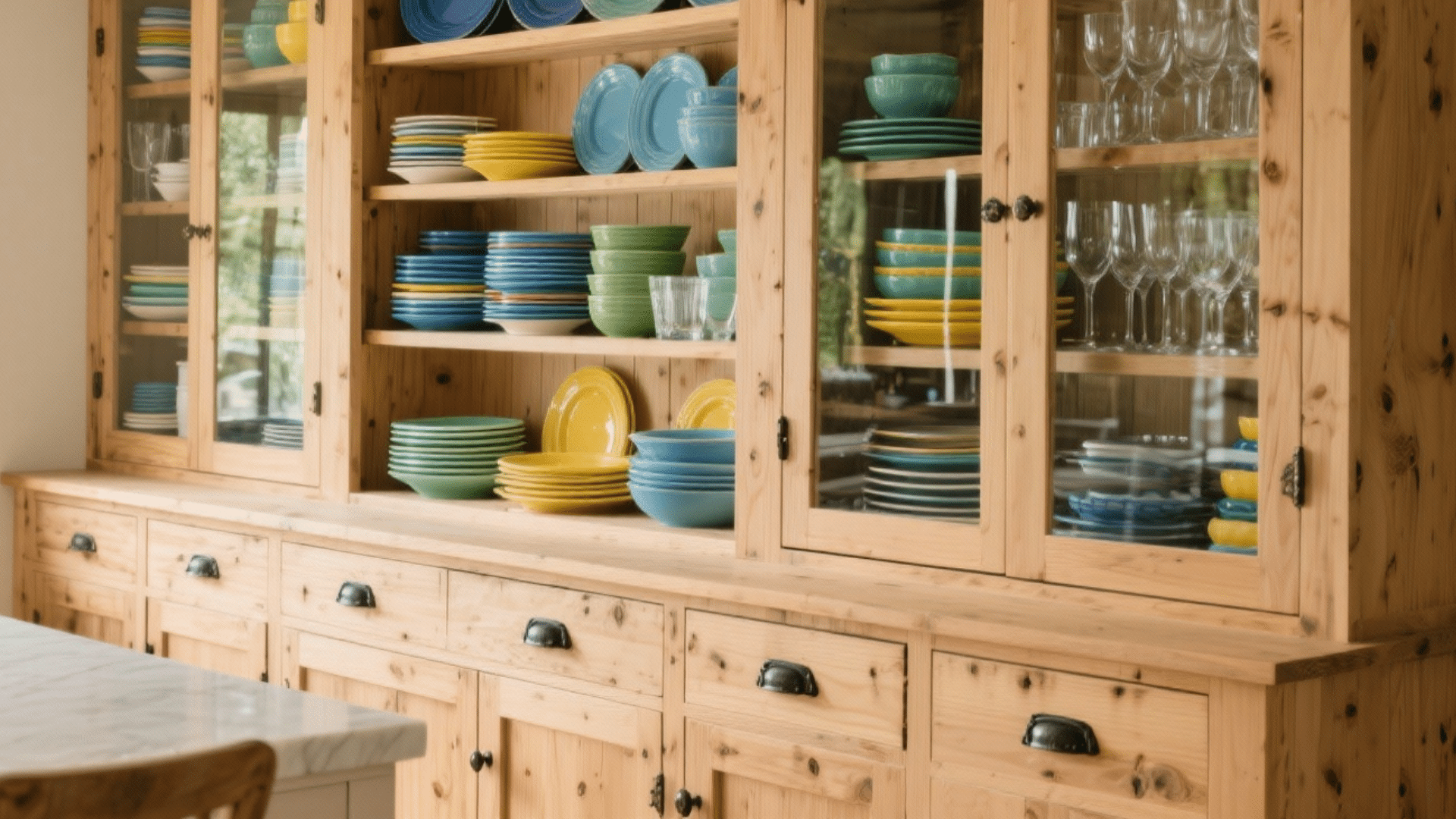
A kitchen hutch provides essential storage for dishes, cookware, and pantry items. It typically features deeper cabinets to accommodate larger serving pieces and appliances.
The countertop offers small meal prep space while upper shelves display everyday dishes or decorative pieces.
2. Dining Room Hutch
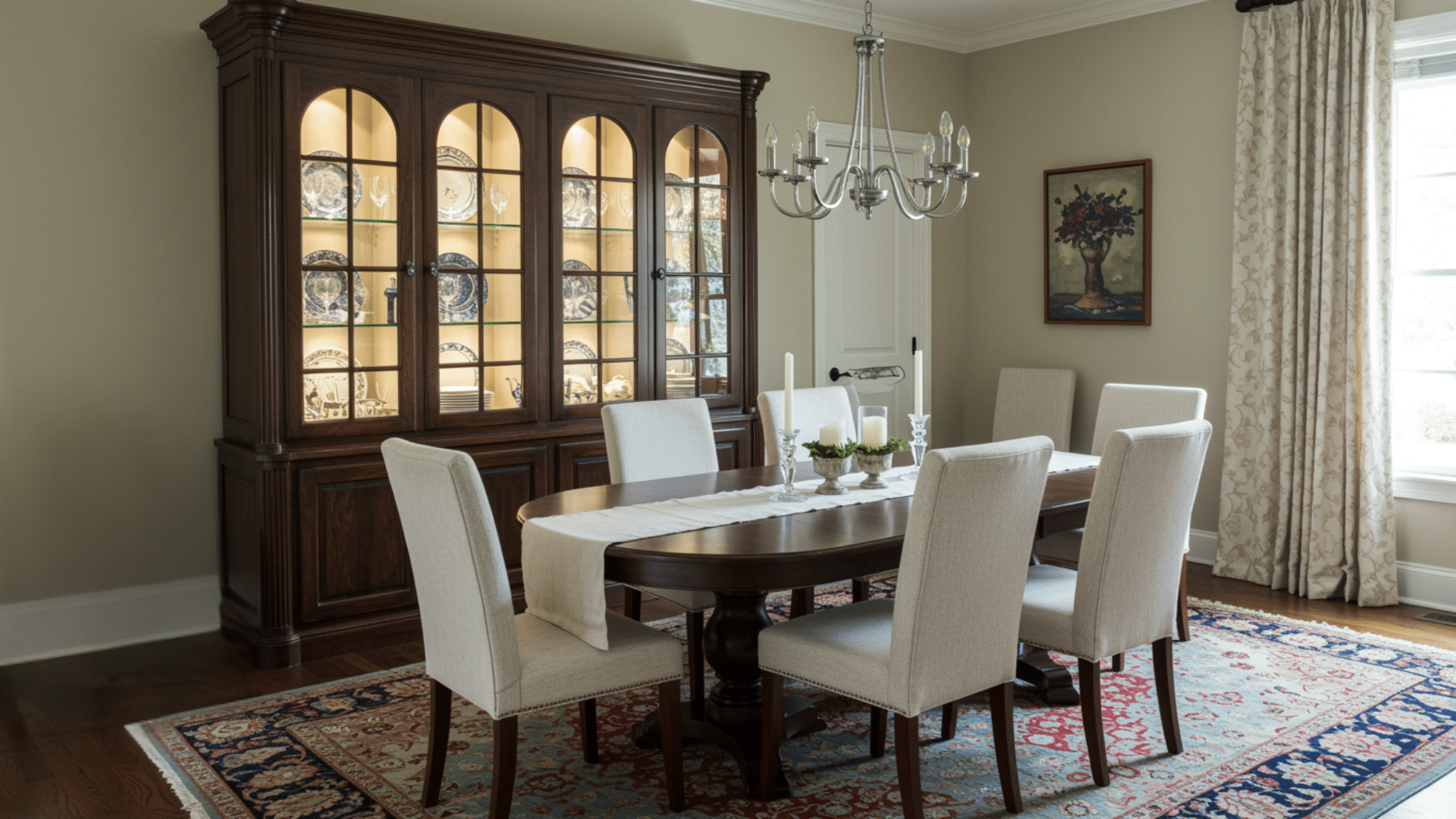
The dining room hutch serves as both storage and a display centerpiece. It stores crystal glassware and special occasion serving pieces safely.
The open upper shelves showcase treasured collections beautifully.
3. Buffet Hutch
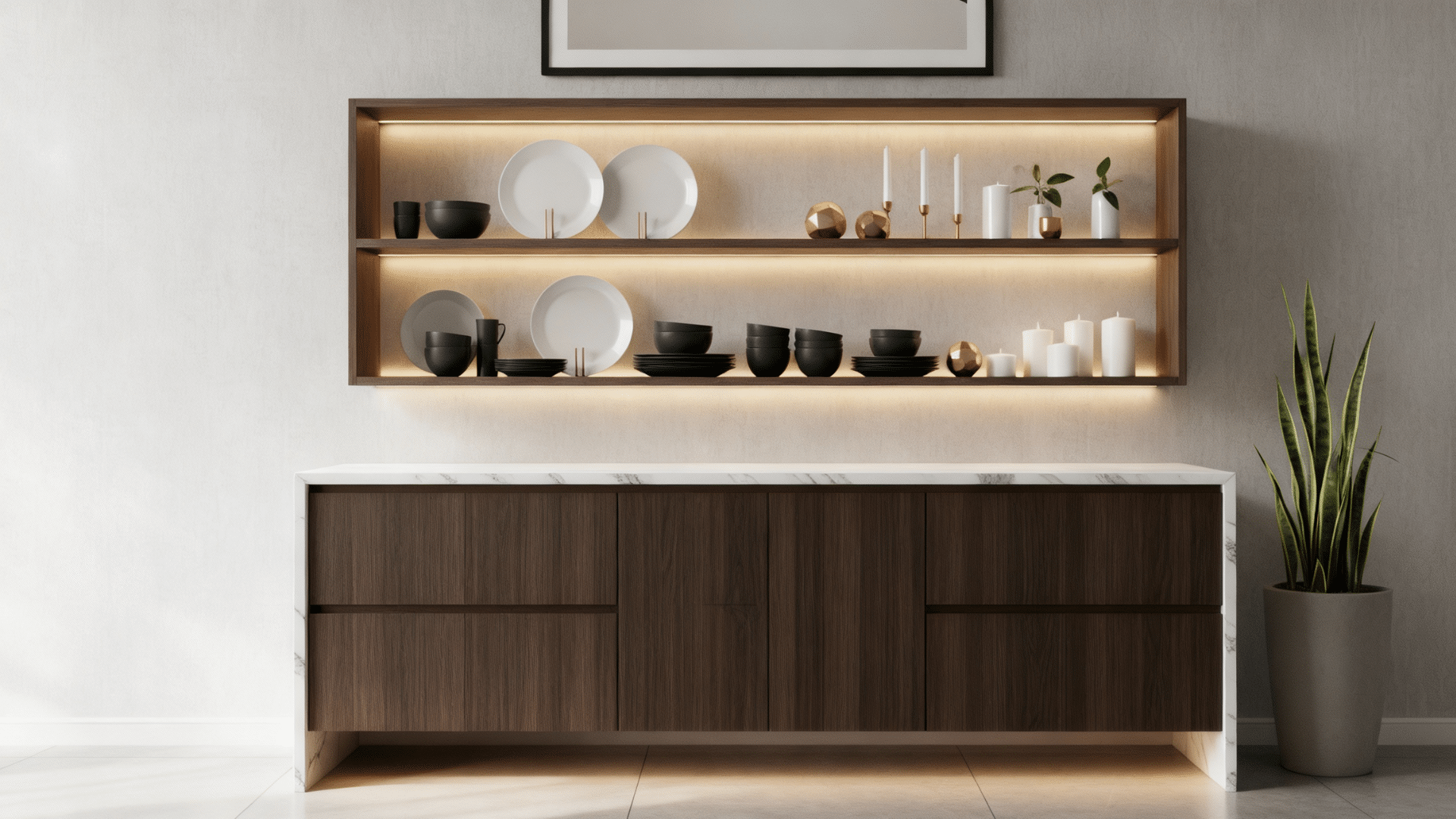
This combination piece joins a low buffet with an upper hutch section. The buffet base provides serving space during meals and gatherings.
Storage drawers hold table linens, silverware, and serving utensils within easy reach. The hutch top displays decorative items or stored dishware.
4. Corner Hutch
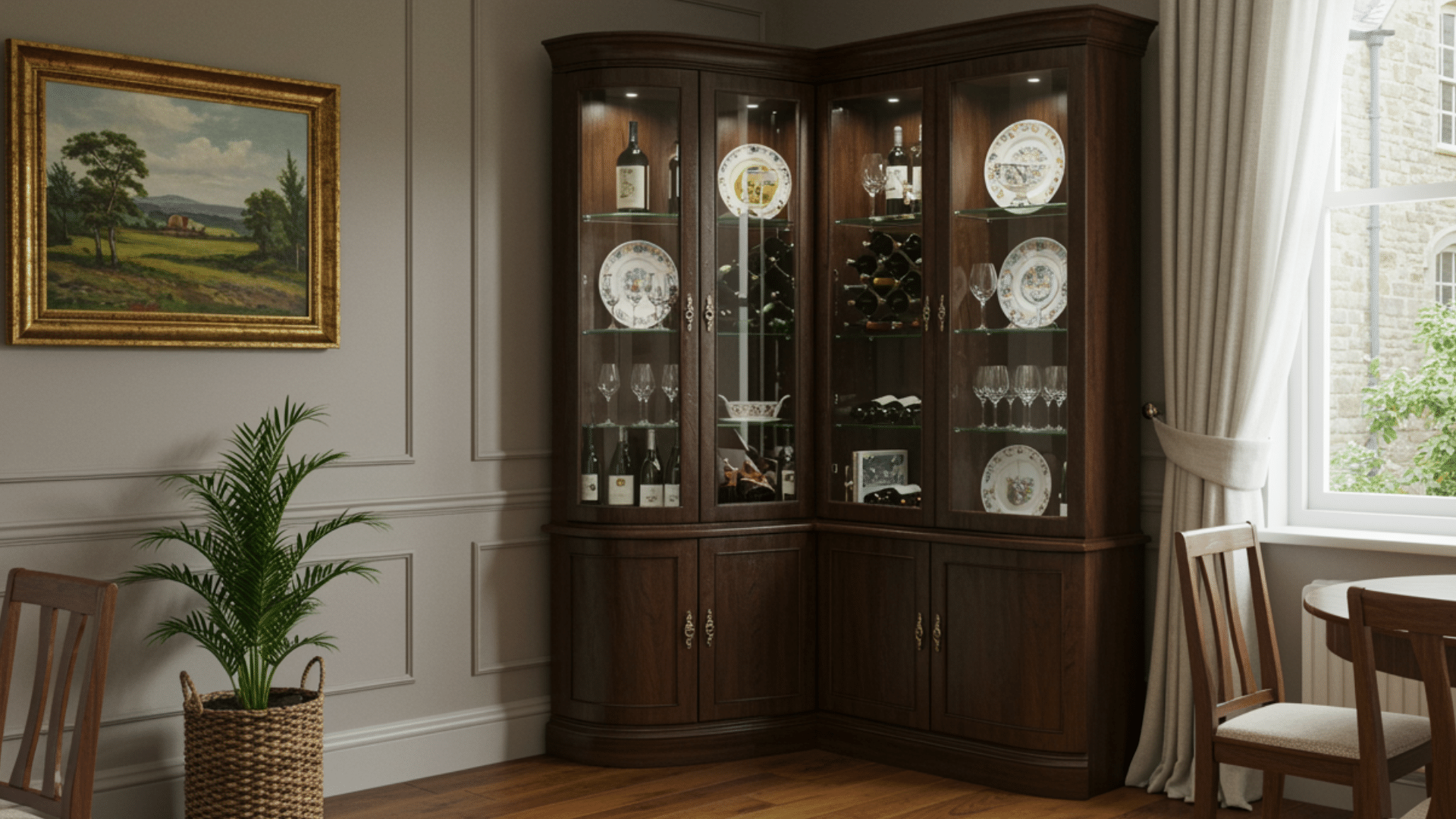
Corner hutches maximize unused corner spaces efficiently and smartly. They fit snugly into room corners without taking valuable wall space.
These pieces work particularly well in smaller rooms where floor space is limited.
5. China Hutch

China hutches specifically store and display fine dinnerware and collectibles. They feature glass doors and sides for maximum visibility from multiple angles.
Interior lighting illuminates displayed pieces beautifully, creating an attractive showcase.
6. Farmhouse Hutch
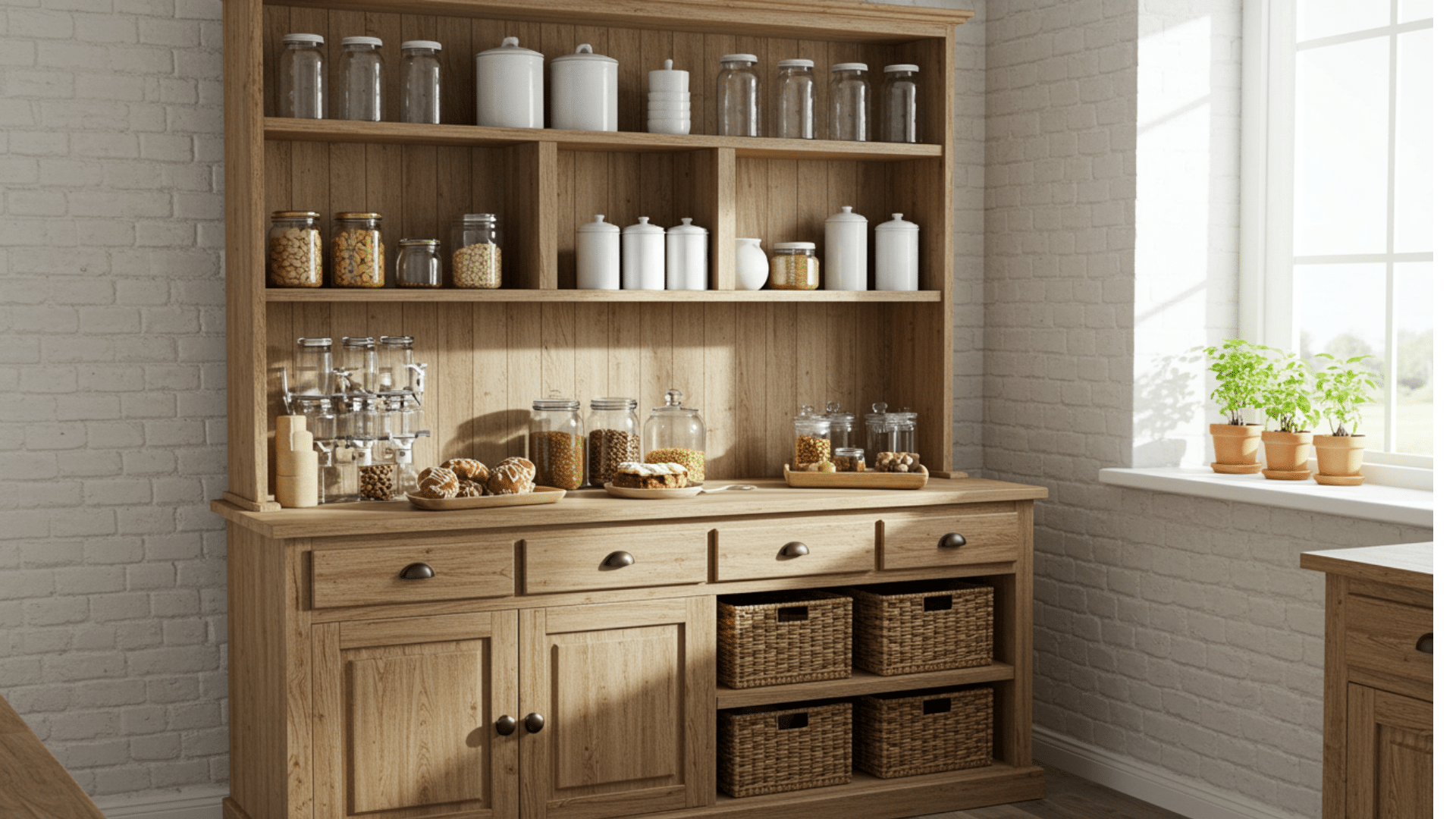
Farmhouse hutches offer rustic charm with distressed finishes and simple lines. They often use reclaimed wood or painted finishes in neutral colors.
These hutches suit country kitchens and informal dining spaces perfectly.
7. Baker’s Hutch
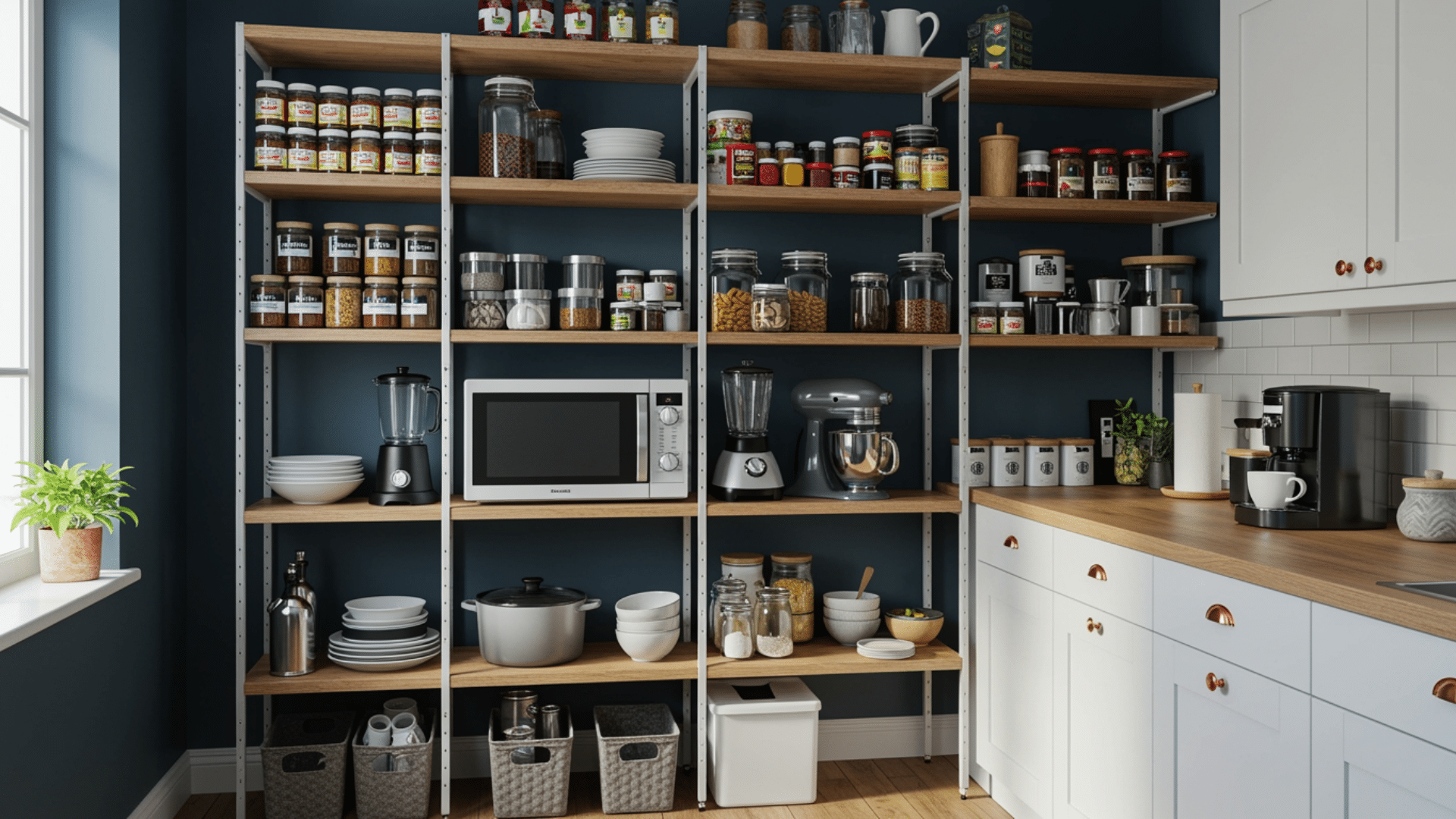
Baker’s hutches originally helped bakers organize their workspace and supplies efficiently. They typically include big storage spaces, flour bins, and specialized storage.
Today, they remain popular in kitchens for home bakers who need dedicated organizational space.
How to Style this Space?
Styling a hutch changes it from simple storage into a decorative statement. The right approach balances function with visual appeal.
1. Create Height Variation
Place taller items at the back and shorter pieces toward the front. This layered arrangement ensures everything remains visible and accessible. Stack plates vertically or use plate stands to add dimension.
2. Use the Rule of Thirds
Divide shelves into three sections for balanced compositions that please the eye. Group items in odd numbers, like three or five. Leave some space to avoid overcrowding and a cluttered appearance.
3. Add Greenery and Natural Elements
Fresh or faux plants bring life and color to hutch displays instantly. Small potted herbs work well in kitchen hutches for practical beauty. Natural elements add a softness to hard surfaces.
4. Layer with Decorative Objects
Place decorative objects like sculptures, bowls, or frames alongside them. This layering technique adds depth and makes displays feel curated rather than sparse or empty.
5. Mix Textures and Materials
Combine glass, ceramic, metal, and wood pieces for interesting contrast and depth. Different textures catch light in unique ways and add richness. Rough pottery beside smooth glass creates softness to hard surfaces.
6. Rotate Seasonal Displays
Change displays with seasons to keep the hutch looking fresh and current. Regular rotation prevents the display from feeling stale or ignored.
Other Best Ways to Use a Hutch
Hutches offer versatility beyond traditional kitchenware use. They adapt to various rooms and purposes throughout the home.
- Display Book Collections: Showcase favorite reads, coffee table books, and literary treasures while keeping them easily accessible for browsing and reading anytime.
- Create a Home Bar: Store bottles, glassware, bar tools, and cocktail accessories in one dedicated spot for entertaining guests with style and convenience.
- Organize Craft Supplies: Keep yarn, fabric, tools, and project materials neatly arranged and visible, making it easy to find supplies when creativity strikes.
- Hold Linens and Textiles: Store table linens, napkins, placemats, and seasonal runners in lower cabinets while displaying decorative items above for easy access.
- House Entertainment Systems: Use the hutch to hold media equipment, gaming consoles, DVDs, and accessories while keeping cables and clutter hidden from view.
- Organize Children’s Items: Keep toys, books, games, and art supplies arranged in playrooms or bedrooms where kids can reach them independently
Hutches vs. Others
These furniture pieces often get confused due to their similar purposes. Each type serves specific functions and offers distinct features.
| Feature | Hutch | Dining Room Buffet | Server | China Cabinet |
|---|---|---|---|---|
| Structure | Two-tier with upper shelving and lower cabinets | Single low unit with flat top surface | Narrow, tall single unit | Tall enclosed cabinet with glass |
| Height | 6-7 feet tall | 3-4 feet tall | 3-4 feet tall | 6-8 feet tall |
| Primary Use | Storage and display combined | Serving and storage | Serving food during meals | Display fine china only |
| Shelving Type | Open upper shelves, closed lower cabinets | All closed storage | Mix of drawers and cabinets | Glass-enclosed shelves throughout |
| Display Function | High – open shelving for visibility | Low – mostly hidden storage | Medium – some open areas | Very high – full visibility |
| Best Room | Kitchen or dining room | Dining room | Dining room or kitchen | Formal dining room |
| Storage Capacity | High – dual storage areas | Medium – single level only | Low – compact design | Medium – vertical space |
Wrapping It Up
A hutch adapts to different rooms and purposes effortlessly.
Choosing the right hutch depends on available space, storage needs, and personal style. Consider the room where it will live and what items it will hold.
Styling a hutch offers creative opportunities to showcase personality and taste. Mix favorite items with functional pieces for displays that look great.
Ready to find the perfect hutch? Measure the space, set a budget, and start shopping.


